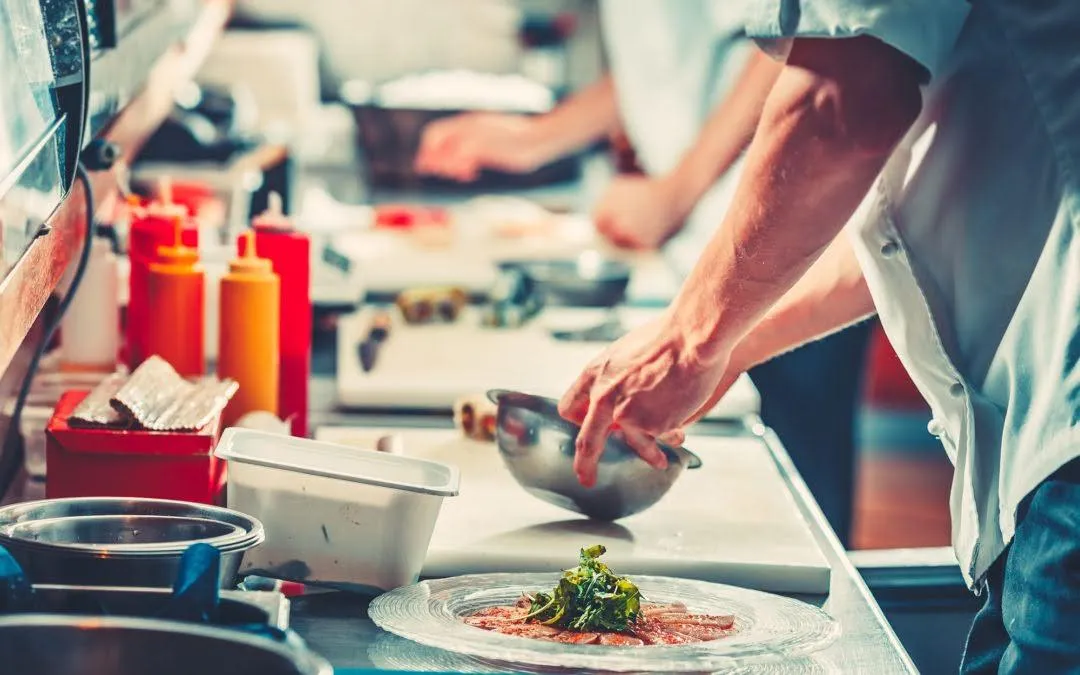Insights

Ghost Kitchens – The Next Big Thing
As shelter-at-home ordinances are being relaxed, those who didn’t really enjoy cooking are eating out, or rather getting delivery. This convenience is compelling to the customer as they can receive restaurant quality food safely at home. This may also seem great to the restaurateur, however, there are several difficulties on multiple fronts.
First, restaurant real estate is expensive because they are in convenient, well-trafficked areas. Second, build-outs are expensive to attract and appeal to the customer base. Third, employees are expensive and require extensive training to meet and serve guests. A simple solution to all of these hang-ups? Ghost kitchens.
A Ghost Kitchen solves many of these challenges. This new concept is simply a foodservice facility without a public-facing dining area. They are typically located outside city-centers, with lower rents. The build out does not include any dining or décor, just food service kitchens, saving up to 50% of project costs. The employees are Back of House workers, not servers, which can be more reliable and help lower attrition.
The Ghost Kitchen can be branded much like a Food Hall, whereas the customer can order any particular selection of cuisine. For example, a customer could choose their favorite Mediterranean bowl and a pizza in the same order, fulfilled from the same facility. There’s no more deciding on one restaurant when you can order from multiple!
Some obvious bottlenecks exist to get people to fully realize Ghost Kitchen benefits. Some that come to mind include providing technological support, so the cuisines are readily grasped by the customer, training and processes for menu item reproduction, and workplace culture. The last thing a Ghost Kitchen should be is another commissary with sullen workers hoping to see sunlight.
These challenges can all be met with proper planning and execution. For example, the project could have three chef partners who commit to their menu items, and cross-train employees, developing a clear manual for execution. The interior design can include bright natural light and music, with a soothing employee break room. The IT partner can design an intuitive app to allow self-delivery or 3rd party delivery. The latter component is overlooked by many restaurants, but multi-site concepts have put millions into the development with no signs of slowing. This will grow revenue and connect to the customer in more ways than traditional methods, so investment in technology is paramount.
4Site Advisors is excited to see the growth of Ghost Kitchens in the United States as a long-term shift in the restaurant industry. If you would like to discuss the promising future of restaurants and Ghost Kitchens, let’s get in touch.


